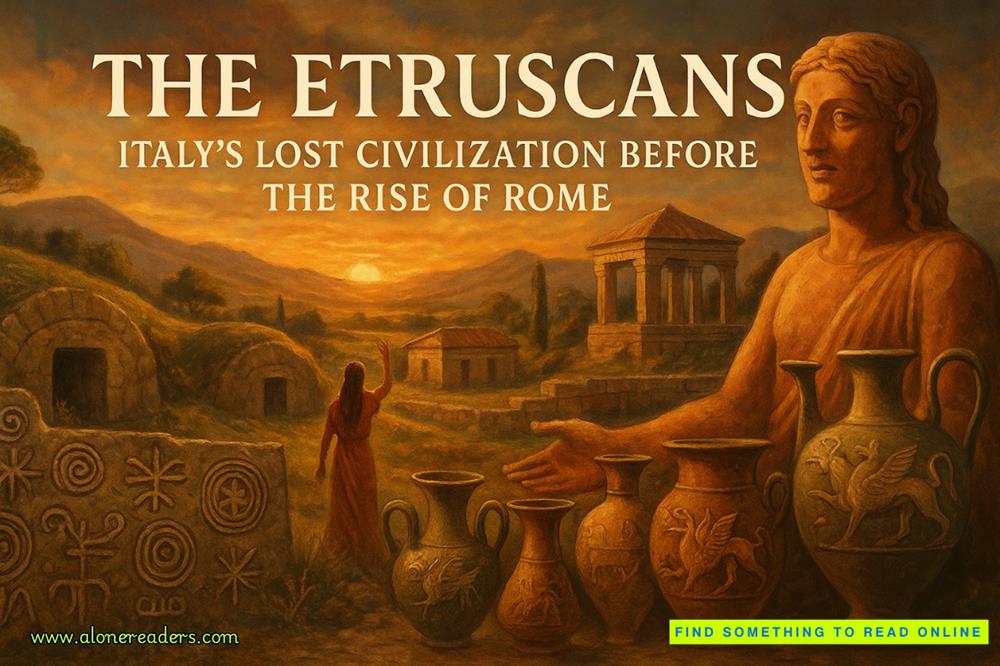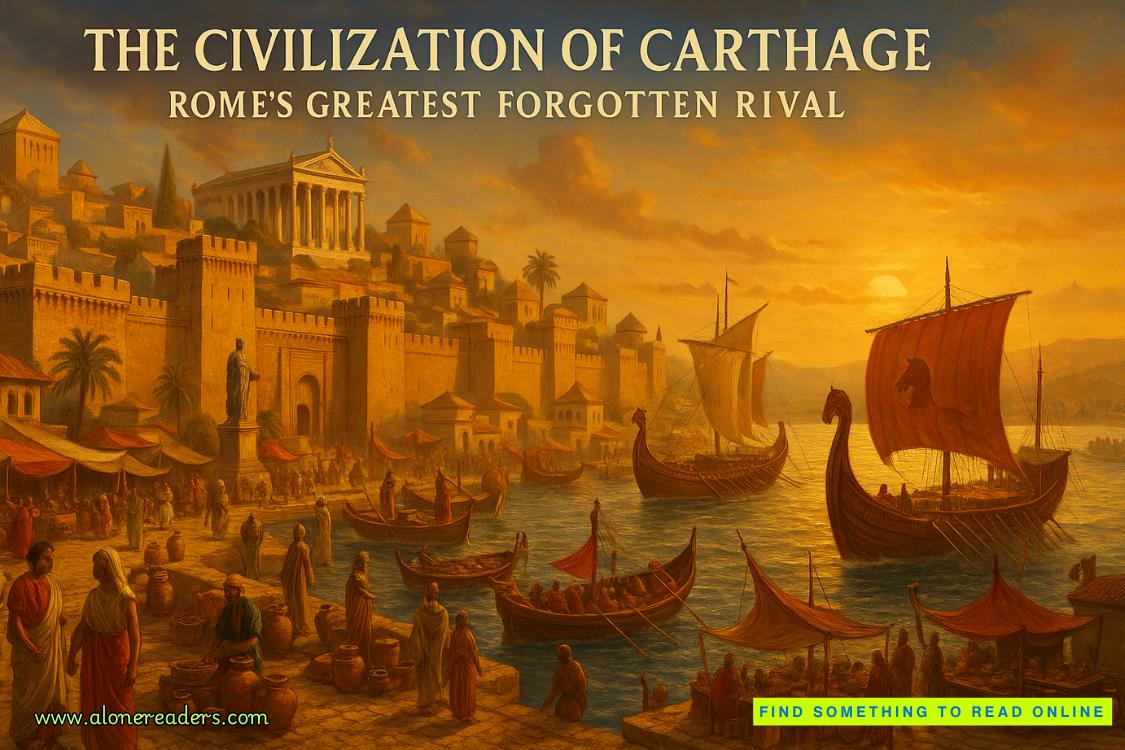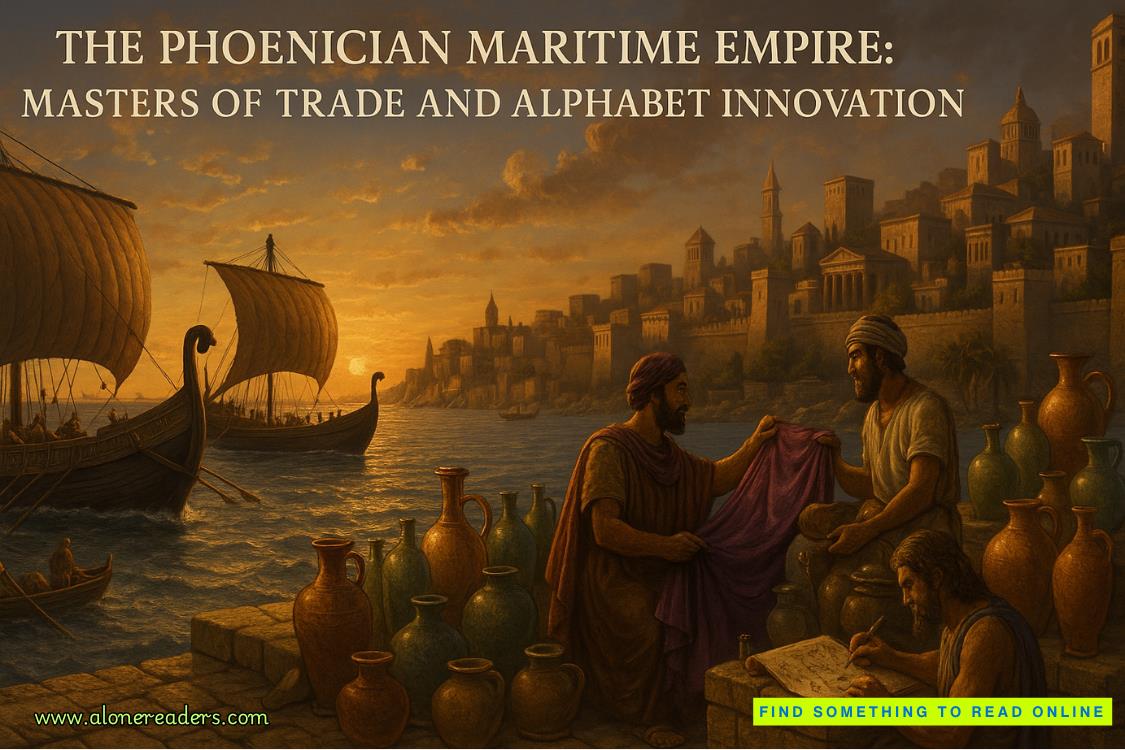Page 5 of Victory and Honor (Honor Bound 6)
Most important—the cherry on top of the-cherry-on-thecherry—once Frade was in the States he could have a shot at getting Peter and Karl out of Fort Hunt.
He hadn’t figured out exactly how he was going to do that, but he wasn’t worried.
He was on a roll.
Clete made a very low approach in Ciudad de Córdoba along the Potomac River to the runway of what he thought of as “Gravelly Point”—the mudflats that in 1941 had been filled in to provide an airport near Washington.
Frade keyed his microphone and in Spanish said to his copilot, “I think, Gonzalo, that this would be a good time to dirty the bird up.”
“Gear coming down, flaps to thirty,” Gonzalo Delgano replied.
As chief pilot of South American Airways, Delgano wore a uniform—one even more colorful than Frade’s SAA uniform—that had five gold stripes on the tunic cuffs, an inch-and-a-half-wide stripe down each hem of his trousers, and SAA wings topped with a circled star.
Somewhere over North Carolina, Clete had changed out of his SAA uniform. He now wore his Marine Corps uniform, the silver oak leaves of a lieutenant colonel on the epaulets and collar points, and it brought back the memory of the first time he’d landed here, in October 1942, as a first lieutenant. He’d been twenty-two, and recently returned from flying F4Fs of Marine Fighter Squadron VMF-221 off Fighter One on Guadalcanal—where he’d become an ace.
Sitting beside him in the Eastern Airlines Douglas DC-3 had been Colonel A. F. Graham. The previous day in Los Angeles, Graham had promised Frade immediate relief from a Pacific War Heroes War Bond Tour if he agreed to join something called the Office of Strategic Services. Frade had never heard of the OSS, but he would have volunteered for service in the New Orleans Girl Scouts if that guaranteed his ticket off the tour.
After Frade signed a document that made clear that the penalty for revealing anything about the OSS was castration by dull knife—and worse—Graham told him that he was being sent to Argentina: (a) to command a three-man team whose mission would be to destroy allegedly neutral Spanish and Portuguese merchant vessels resupplying German submarines, and (b) to establish contact with el Coronel Jorge G. Frade—his politically powerful father, quite probably the next president of the Argentine Republic—and attempt to tilt him toward the Allies. Clete knew next to nothing of his father, except that his grandfather, the legendary Texas oilman Cletus Marcus Howell, called him “an unmitigated three-star sonofabitch.”
Against great odds, Clete had—more or less—accomplished both missions.
On Lieutenant Colonel Cletus H. Frade’s uniform—above ribbons representing two Distinguished Flying Crosses and three Purple Hearts he had won on Guadalcanal—there was the ribbon representing the Navy Cross. His citation for the nation’s second most senior award for valor mentioned nothing about his aiding in the destruction of a “neutral” ship and the German submarine it was resupplying in the River Plate. Doing so would’ve caused substantial diplomatic problems for the United States government.
And, as a son, Cletus had more than made peace with his father—shortly before the Schutzstaffel—the notorious “SS”—had had el Coronel Jorge Frade killed.
The SS’s unlimited capacity for cold-blooded murder was now on Clete’s mind as he brought the Constellation in on final at Washington National. He was going to do everything in his power to save Peter and Karl.
Frade hadn’t talked to the Washington National control tower—if he had, they almost certainly would have denied him permission to land. He had filed a flight plan to the airport in Baltimore, and National had no idea he was coming until someone in the tower had seen the huge airplane, gear and flaps down, coming up the Potomac River lined up with the runway.
Furthermore, this clearly wasn’t an American airliner coming in to land. South American Airways was lettered down the sides of the fuselage, and there were Argentine flags prominently displayed on each of the three vertical stabilizers.
Already Clete could see frantic activity on the field. There was a reception party assembling. It was riding in a FOLLOW ME jeep, a Ford pickup truck—and a second jeep festooned with flashing lights, siren, and the legend MILITARY POLICE. Heavily armed MPs rode standing up, keeping an eye on the huge aircraft.
Oh, shit!
But . . . that’s to be expected.
Could this be the end of my being on a roll?
Frade touched down the Connie on the numbers marking the beginning of the runway and immediately put the propellers of the four Curtiss-Wright Cyclone engines into reverse.
And kept his hand on the throttle pitch levers.
He had landed here in a Connie once, though in the right seat. Howard Hughes had been the pilot. Clete knew that Hughes habitually did things with airplanes beyond the capabilities of lesser pilots, even including former Marine Corps fighter pilots.
Frade didn’t have approach charts giving him the length of the runway, but he remembered Howard using up most of it. And now Frade knew it was very likely he would run out of runway and have to go around—take off and make another attempt at landing.
But when he finally got the aircraft stopped, he had about three hundred yards of runway left.
Yes! Still on a roll!
/> After being led by the FOLLOW ME jeep and other vehicles to a quiet part of the tarmac, Frade ordered the engines shut down. Chief Pilot Delgano glanced out the windscreen.
Everyone was looking up at the Constellation with surprise, awe, or anger—often in combination.
“Cletus,” Delgano said, “I really think we should have gone into Baltimore.”
“I should be back in about two hours,” Frade said, unstrapping his harness. “I want to take off ten minutes after that. If I’m not back in three hours, go to Buenos Aires without me.”















